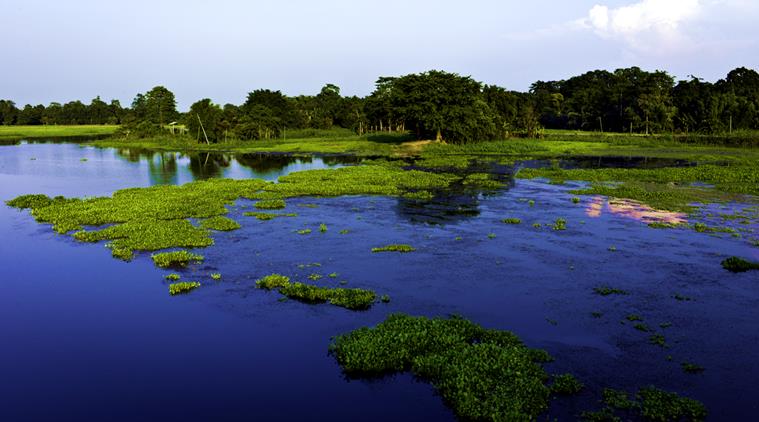NITI Aayog expert group urges plan to save springs in Himalayas
NITI Aayog constituted group of experts has submitted report titled ‘Inventory and Revival of Springs in the Himalayas for Water Security.’ It has mentioned that nearly 30% of springs crucial to water security of people are drying and 50% have reported reduced discharge.
Report Highlights
Challenges: Almost half of perennial springs in Indian Himalayan Region (IHR) have already dried up or have become seasonal. Tens of thousands of villages in this region are currently facing acute water shortage for drinking and other domestic purposes. Almost 60% of low-discharge springs that provided water to small habitations in Himalayan region have reported clear decline during the last couple of decades
Dedicated mission: It has urged government to set up dedicated mission to salvage and revive spring water systems in Himalayan States, given their vital importance as source of water for both drinking and irrigation for the region’s inhabitants.
Key Message: It calls for spring mapping and revival, using 8 steps protocol should be taken up across Himalayan states in phased manner, applying carrying capacity concept to all major tourist destinations and implementing and monitoring tourism sector. It calls for setting up of Mission on Spring Water Management in Himalayas.
8-year programme: It also has mooted 8-year programme to overhaul spring water management. This includes preparing digital atlas of country’s springsheds, training para-hydrogeologists who could lead grassroots conservation and introducing Spring Health Card.
Water sources distribution: Meghalaya with 3,810 villages with springs has highest number of these water sources in Eastern Himalayan States. Sikkim had greatest density with 94% of its villages having spring. In Western Himalayas, Jammu & Kashmir had both highest number of villages with springs at 3,313 and greatest density of 50.6%.
Background
Indian Himalayan Region (IHR) spans across states across country’s north and northeast and is home to about 50 million people who are heavily reliant on natural groundwater sources such as perennial springs. These water sources are under increasing threat from urbanisation caused by constant push for development and climate change. The extent of crisis plaguing Himalayan region was recently evident when more than half dozen districts of Himachal Pradesh and State capital Shimla had faced severe drinking water crisis in May 2018 after major water sources either went fully or partially dry.
Month: Current Affairs - September, 2018


